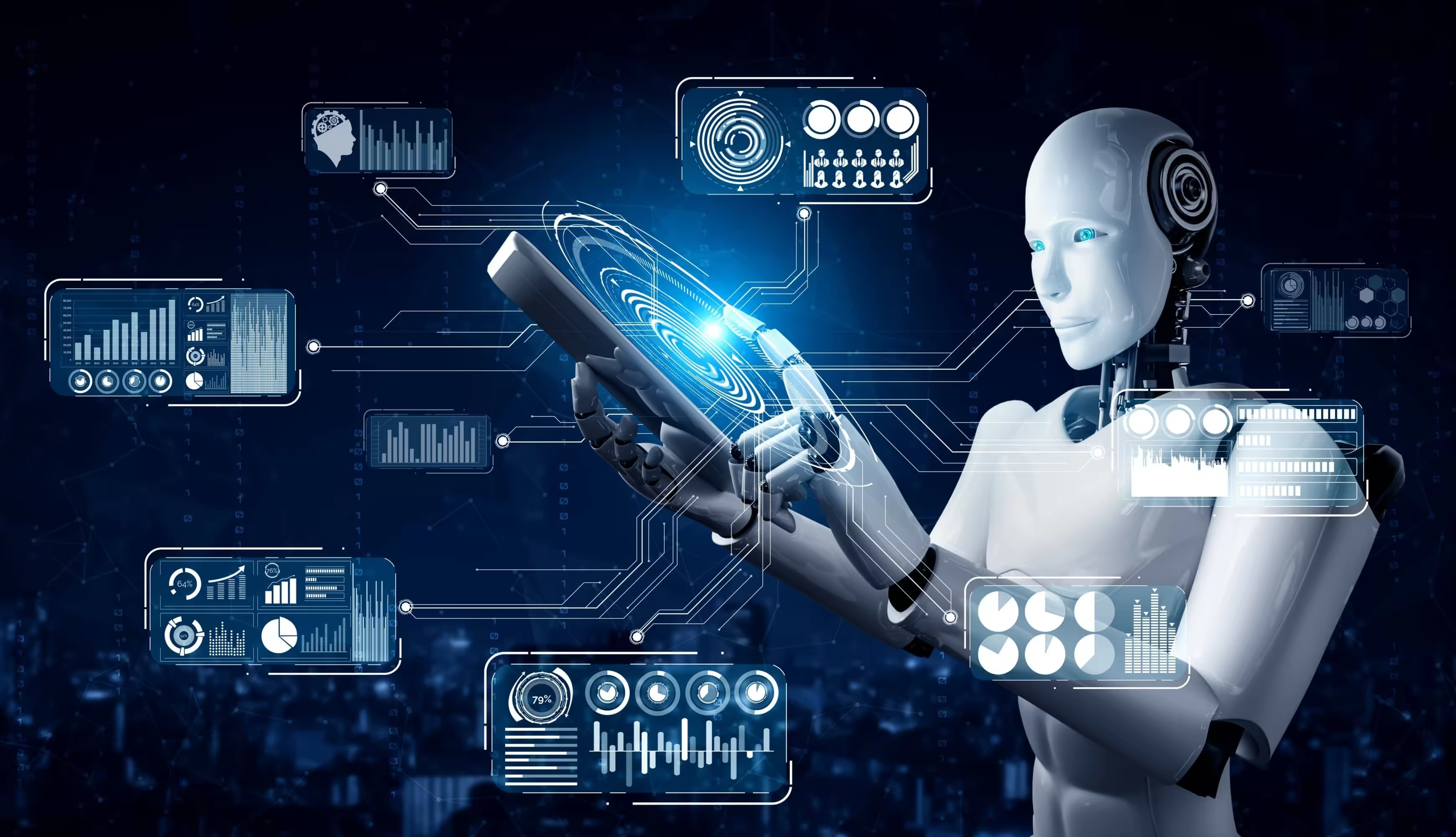Imagine working in a corporation where you never have to worry about accidents because potential accidents are instantly predicted, recognized, and addressed before they occur, with minimal human intervention needed. Every single process is automated to precision without human error.
In 2023, this is the reality of most workplaces where Machine Learning (ML), a powerful technology, is reshaping the landscape of workplace safety.
ProtexAI described machine learning as a subset of artificial intelligence which teaches computers to learn from data in order to make decisions or predictions. Historical information helps computers understand, learn, predict, and plan future incidents. In the sphere of workplace safety, ML can revolutionize the way we perceive and manage risks.
Here are some critical roles ML plays in workplace safety advancements:
Accurate Risk Prediction
With its predictive analytics capabilities, machine learning is a game changer for workplace safety. By analyzing vast amounts of historical safety data, ML can predict potential hazards ahead of time. This offers companies a crucial head start in innovating and implementing preventive measures to prevent fatalities. Not just a life-saving tool, ML also drives cost savings due to reducing possible expenses from related accidents and injuries for employees.
Live Surveillance for Hazard Detection
One of the best advantages of ML is its exceptional pattern recognition ability to improve workplace safety. Advanced ML algorithms analyze surveillance footage in real-time to identify unsafe practices or conditions to send instantaneous alerts to relevant personnel. As a fully automated function, it accelerates response time and rectifies dangerous behaviors or hazardous conditions. Efficient and effective, ML is a potent ally in preventing accidents in the workplace.
Promoting a Culture of Safety through Training
ML isn't just about prediction and prevention; it's also about adoption and adaptability. When integrated with training programs, ML algorithms can provide personalized safety training. Based on every employee's roles, past performances, and unique risk factors, each session is customized to fit specific needs. This personalized approach can significantly improve the effectiveness of safety training to foster a safety culture within the organization. In addition, employees can adopt safety approaches based on new training-acquired knowledge.
Creating Data-Driven Policies
In workplace safety, decision-making is often challenged by biases and subjective judgments. With machine learning, companies can make accurate decisions based on data analytics that eradicates human bias. This data-driven approach leads to fairer safety policies that are focused on creating a safer working environment for all.
In Summary
As we stand on the brink of a new era in workplace safety, machine learning emerges as a potent ally that is efficient and effective. With its potential to predict risks, conduct surveillance, personalize safety training, and guide policy-making, ML is undoubtedly paving the way for safer, smarter workplaces.
However, the journey doesn't end here. As technology advances and evolves, so will workplace safety applications. As promising as the future is with machine learning, a safer tomorrow is only guaranteed if businesses embrace machine learning.
While ML is not a magical solution, its transformative potential for workplace safety is not just a futuristic trend but a critical tool for ensuring the well-being and safety of their most valuable asset – their employees.



